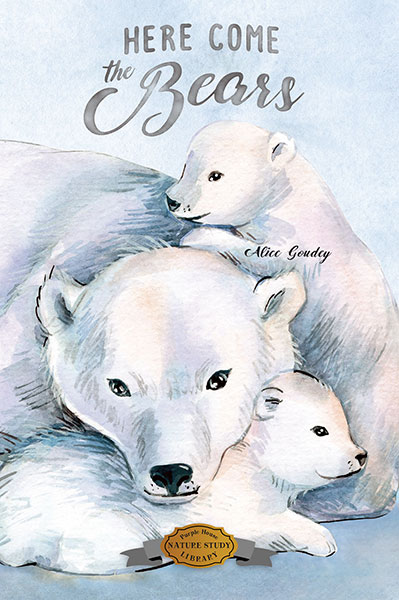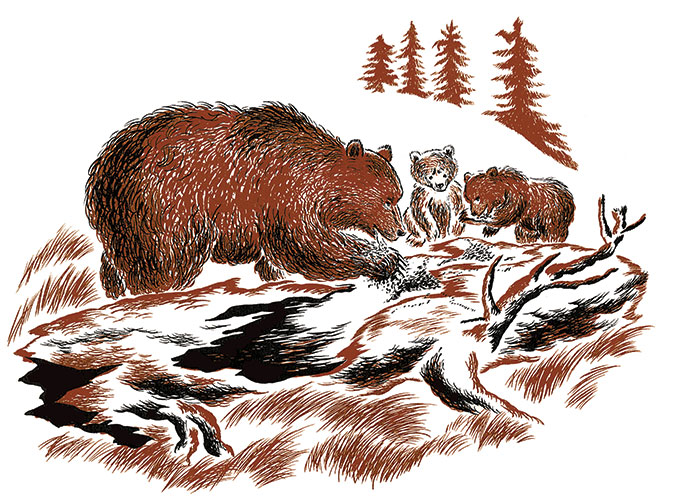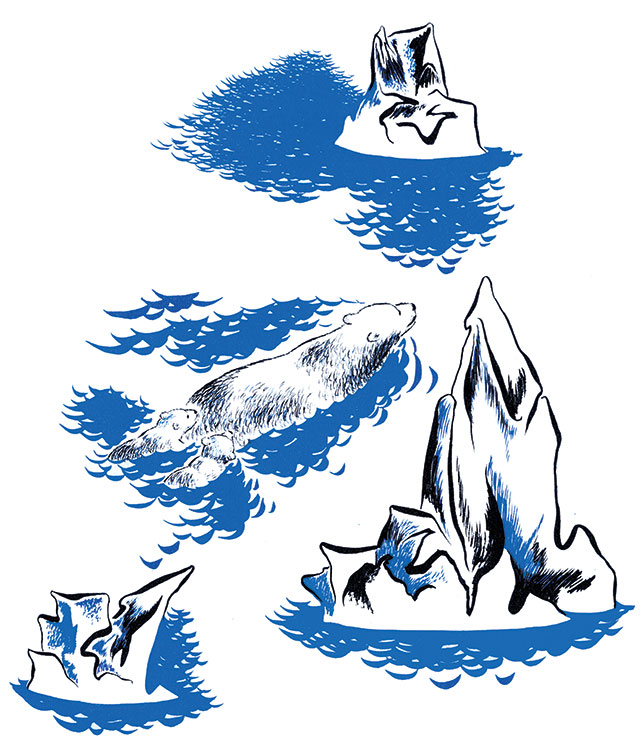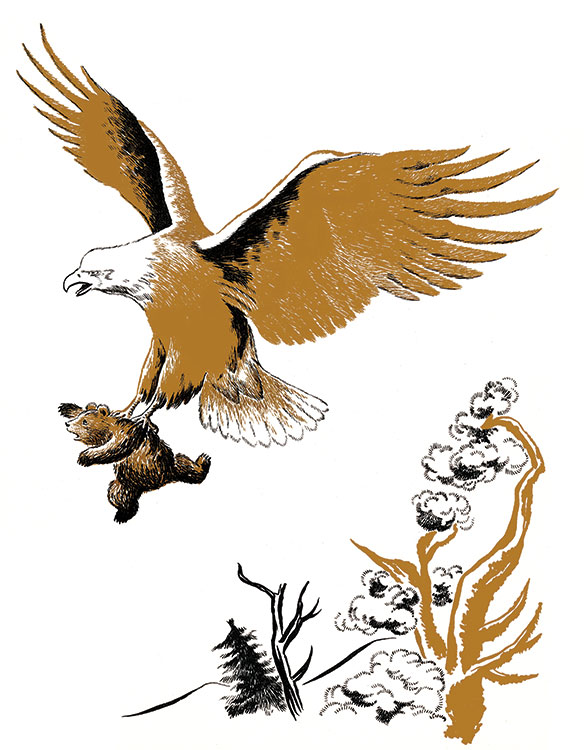Listen Now:
Years ago, a dear friend mentioned that she was collecting as many of the Alice Goudey books as she could find. She has the very best taste in books and she thought that they were charming and explained scientific ideas to children in a timeless and friendly way that is so rarely replicated in modern books today. Similar to the Henri Fabre books which we were both aware of, the “Here Come” series by Alice Goudey was a treasure worth hunting for.

At the time, my youngest was 7 or 8, but my oldest was 12, and I was beginning to shift my book collecting focus from young reader books more toward worthy books for teenagers. Curious, nonetheless, I began looking for the books myself and quickly discovered that these are out of print, well-loved by their owners, and therefore very hard to find. I realized, with some sadness that, given my budget, my needs, and my limitations, this was a treasure hunt that I was going to have to sit out. Imagine my delight when I heard that Jill Morgan of Purple House Press was working to get these back into print!
When my copy of Here Come the Bears arrived, my 11 and 12-year-olds snuggled up on the couch with me while I read aloud. This sweet and delightful story is written so that a young child might understand and enjoy it, but it is written so well and so creatively that this old mama and her tween children were captivated by it. When I was done reading, my “babies” thanked me several times for such a sweet time. It felt like time stood still for a moment and we were able to recapture one of those precious memories from early childhood and relive it.
In Here Come the Bears, Goudey tells the story of four bear families. Scientifically accurate, charmingly told, and delightfully illustrated, we meet a Grizzly Bear family, a Polar Bear family, an Alaskan Brown Bear family, and finally a Black Bear family. The first two bear family stories are the longest because Goudey is helping us to understand bears generally, and because Polar bears are so unique. After that, she references Mother Grizzly when explaining the differences between her and Mother Brown Bear and Mother Black Bear. This structure feels very natural and beautiful, but it also allows the reader to compare and contrast the bears with each other. I think this makes the learning intuitive and memorable.

First, we meet Mother Grizzly Bear and her two little cubs, Brother and Sister, as they venture out of their cave for the first time. Goudey helps us to understand that the cubs had been born in that cave and that now that they had sufficient fur, open eyes, and teeth, they were ready to learn about the outside world and eat something other than mama’s milk. Outside the cave, Mother Bear teaches them how to move stones to find grubs, rip open logs to find sour and “delicious” ants, and how to rip the flesh off of a deer carcass and then hide it from other animals so the bears can return to it in a day or two. In their adventures, she protects them from Father Bear (who would eat them if she wasn’t there) and from a hunter. We follow the bears through each season, and their story ends when Brother and Sister go off into the woods with each other until they find their own mates, and Mother Bear gets her cave ready for a new family of baby bears.

Mother Polar Bear raises her cubs in a snowdrift with an air hole that is cozy warm while the Arctic winds are howling. When she and her cubs emerge, they play in the water, they try to hunt a seal (but he is too fast for them and gets away), and she hunts a baby walrus (the walrus herd protects the baby). Ultimately, Mother does teach her cubs how to hunt and eat seal meat, and we learn about the Arctic fox and the birds that follow the bears in order to eat the leftovers. Like the Grizzly family, we follow the lives of this family until Brother and Sister are ready to leave and start their own families.
The story of the Brown Bear family begins with an eagle stealing Brother Bear and attempting to carry him off. Ultimately the eagle drops Brother Bear, and Mother rescues her cub. After we hear a little bit about the Brown Bear family, we are treated to the exciting adventure of salmon hunting. Told with so much energy and lovely description, the reader can imagine that they are there watching it happen in front of them. And, like the other stories, this one ends with Brother and Sister leaving home.

Finally, we learn about the Black Bear family. We particularly enjoyed knowing that bears are just as annoyed by mosquitos as people are!
Readers may wish to know that in each story, Goudey tells us not just who the bears hunt but also who hunts the bears. Goudey explains that mankind hunted bears for a variety of reasons. Sometimes men were protecting their animals and children. But sometimes men hunted bears for the bears’ profitable coats. In the final story, Goudey reassures us that “people” have worked to protect the bears, and now many of the black bears in the United States live in National Parks and National Forests where no guns are allowed, while Polar Bears are protected in their part of the world.
The illustration in the original book was all in brown. When Purple House Press reprinted this lovely book, Jill gave each bear family a different signature color. Examples of each can be viewed below. I personally love the coloring she did. I think it is in keeping with the intention of the original illustration.
We love that this book is back in print! Collectors, however, may want to know that some small changes between the original (1954) text and the new (2021) version do exist. If you would like more detail about the original text or the reprint, check it out at Biblioguides.com here.
You can purchase this book directly from the publisher here or from Bookshop.org (recommended to us by Jill Morgan of Purple House Press because of the work they to do to support small book stores).